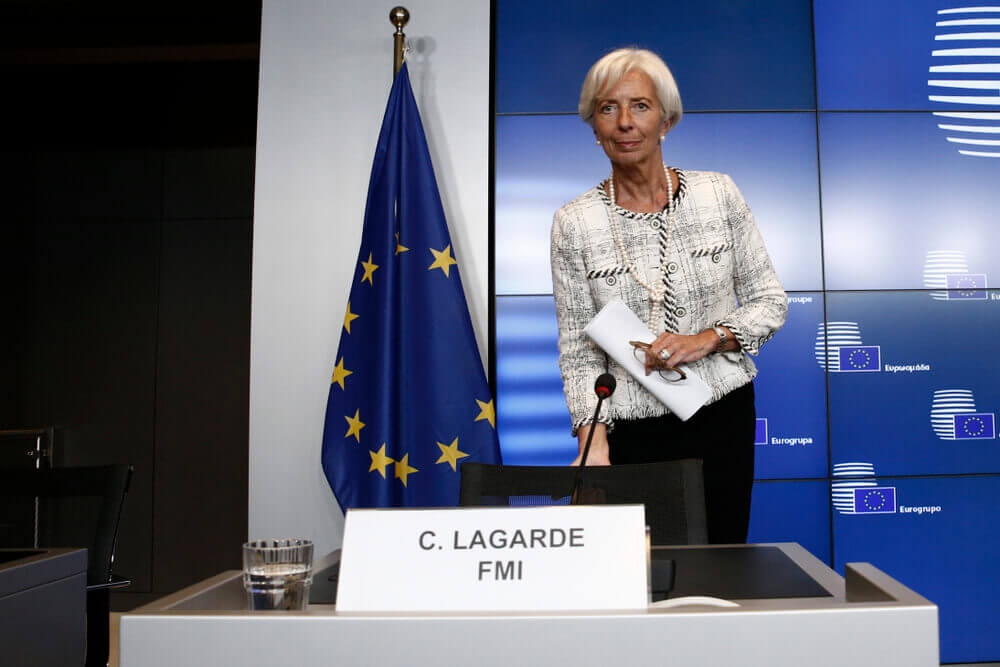
EURUSD and GBPUSD on the positive side today
EURUSD chart analysis
During the Asian session, the euro is under milder pressure but still retains most of last week’s gains against the dollar. Better data (than expected) on German exports in December were released this morning. On the other hand, the President of the ECB, Christine Lagarde, tried yesterday to reject the speculations about increasing the interest rate in the Eurozone, which put pressure on the common European currency. The euro is now being exchanged for 1.14240 dollars, which is a weakening of the common European currency by 0.10% since the beginning of trading tonight. Tomorrow, the figures of the consumer price index (inflation) will be published for January.
Bullish scenario:
- We need the continuation of this positive consolidation and the growth of EURUSD to the previous resistance at 1.14850.
- Our critical zone is 1.14850-1.15250, and we need a break above to continue.
- Our next resistance is high from November to 1.16000, and then 1.17000 high from October.
Bearish scenario:
- We need a new negative consolidation and a retreat below 1.14000.
- In the continuation of the retreat, we descend to zone 1.13000-1.13500, where we will receive additional support in MA200 and MA50 moving averages.
- A break below would increase the bearish pressure on the EURUSD pair, and then we would be looking for the next support in the zone 1.12000-1.12500.
- Our main bearish target is this year’s low at 1.11200.
GBPUSD chart analiysis
During the Asian session, the British pound strengthened against the dollar. The American currency is in withdrawal because the yields on ten-year US bonds have slowed down, slightly deviating from the highest level recorded yesterday. The Bank of England raised the interest rate last week to 0.5%, sending a cautious forecast on the prospects of the British economy. This gave the pound limited power. Currently, the pound is exchanged for 1.35795 dollars, which represents the strengthening of the British currency by 0.30% since the beginning of trading tonight.
Bullish scenario:
- GBPUSD found new support at 1.35000, and we have been in this positive consolidation ever since.
- We are approaching the previous resistance again at 1.36000, and we can expect new testing and a potential break above.
- If the GBPUSD pair manages to climb above, our next potential resistance is 1.37500 January maximum.
Bearish scenario:
- We need a negative consolidation and withdrawal of GBPUSD below 1.35000.
- Additional resistance after this withdrawal is our MA20 and MA50, and they can increase bearish pressure.
- Below, we look for the next support at 1.34500, where we come across the MA200 moving average.
- Depending on the bearish pressure, the pair may descend further towards the previous low to 1.33500, and if it does not last, we can expect the formation of a new this year low on the chart.
Market overview
German news
Germany’s exports continued to grow in December, data released by Destatis showed on Wednesday.
Exports rose 0.9 percent on a monthly basis in December. And this was weaker than the 1.8 percent increase recorded in November, and the monthly growth erased the expected decline of 0.2 percent. At the same time, import growth climbed to 4.7 percent from 3.4 percent in the previous month. Economists forecast a 1.5 percent drop.
For the entire 2021 year, exports increased by 14.0 percent, and imports by 17.1 percent compared to the previous year. Exports were 3.6 percent, and imports were 8.9 percent above the levels from the pre-crisis 2019.
European news
The euro stabilized on Wednesday, from a three-week high, after the president of the European Central Bank, Christine Lagarde, lowered the forecast for an aggressive increase in interest rates.
The dollar was unchanged, a day before the release of U.S. consumer price data that could offer new indications of the pace of tightening Federal Reserve monetary policy.
The hawkish tone of both the ECB and the Fed last week found markets unprepared and boosted eurozone yields and U.S. debt, following reports of rising rates that could grow faster and higher than previously expected.




